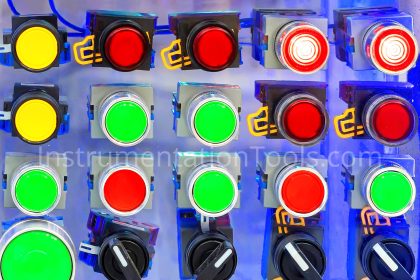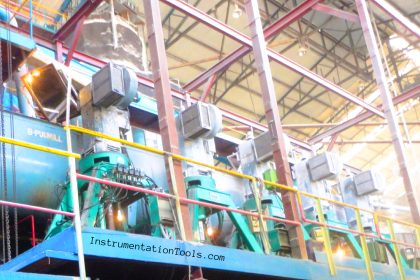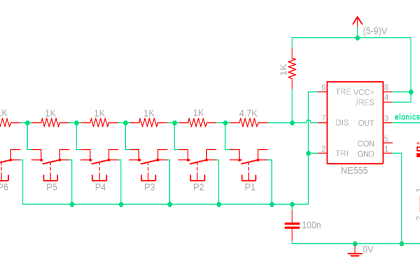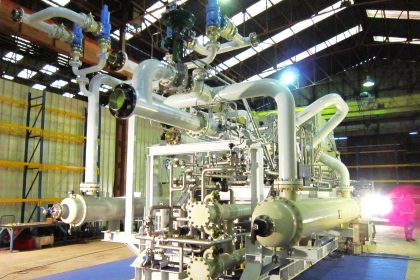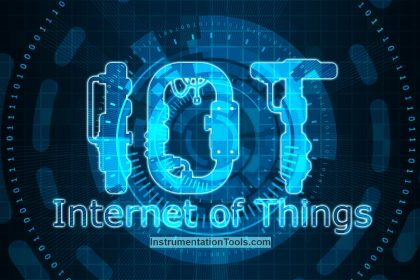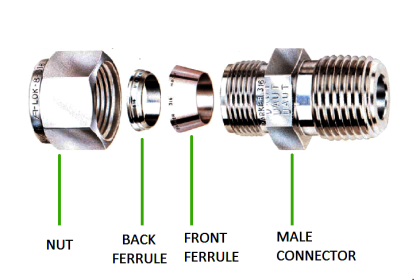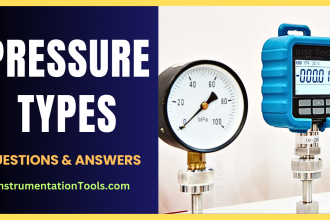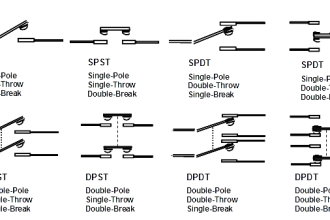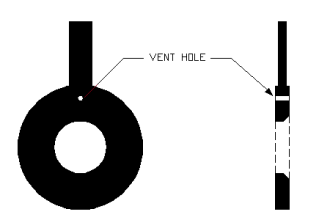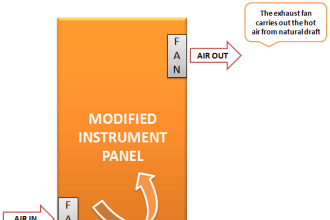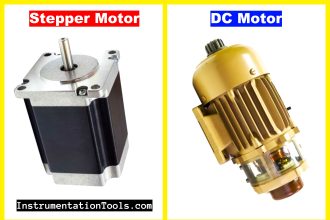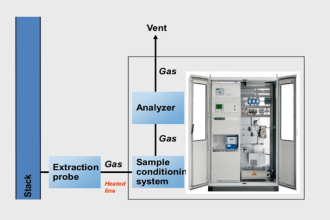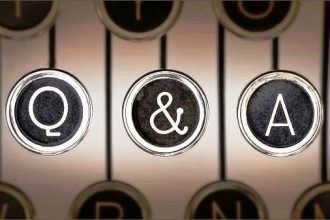When we use an instrumentation and control system, it is bound to become obsolete after years of use. It cannot run for a lifetime. And in an industrial automation system, if the system becomes obsolete and is no longer viable for running, then it can prove to be a big loss for the business.
Migrate From Obsolete to Modern Instrumentation
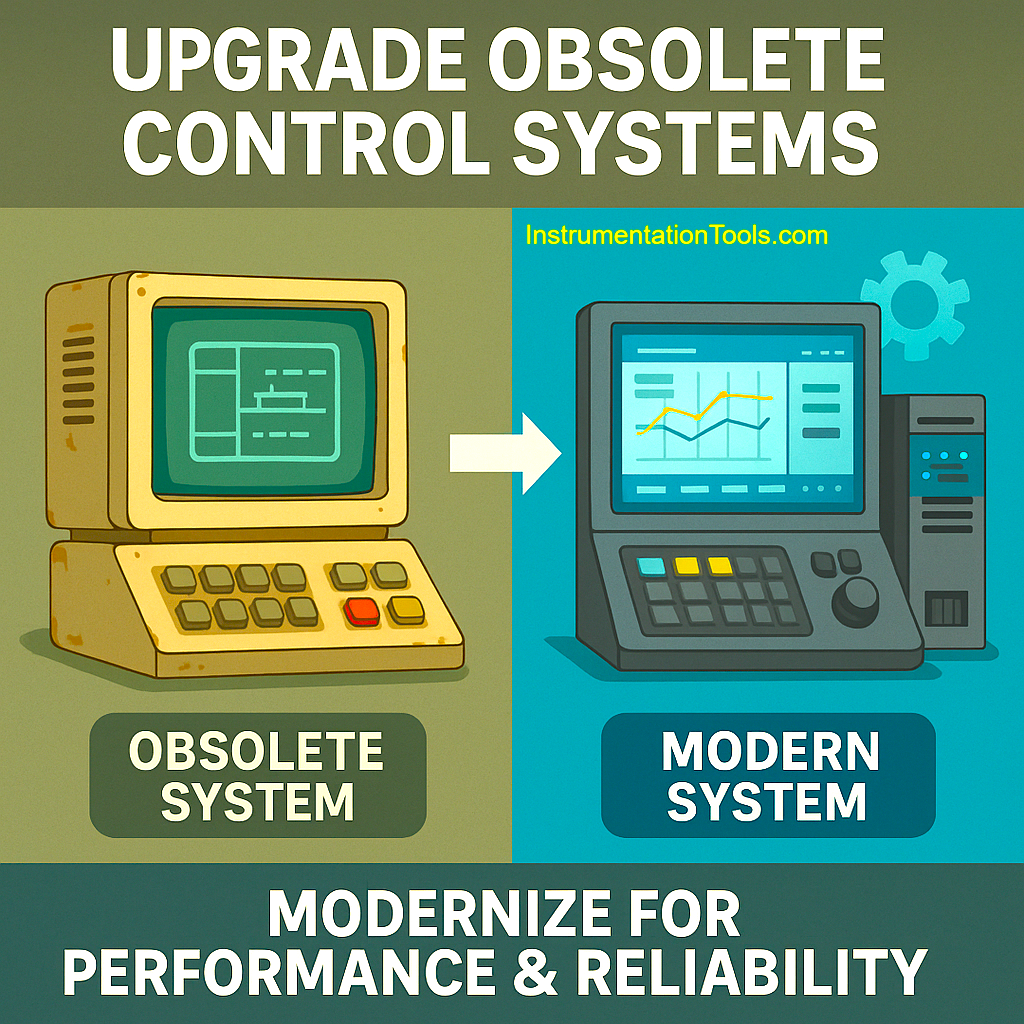
Aging control systems thus pose a big threat to the survival of an industry. So, once you have identified that your systems are going out of date now, you have to find a means to convert them to modern and current style running systems. But for that, there are many factors to consider. In this post, we will see how to migrate from obsolete to modern instrumentation and control systems.
Key Points:
- Conduct a complete audit of the existing instrumentation and control systems to identify outdated devices, unsupported software, and obsolete communication protocols
- Analyze system performance, reliability issues, maintenance logs, and failure points to determine critical areas needing immediate upgrades
- Define clear objectives for modernization, such as increased automation, remote monitoring, energy efficiency, system integration, and regulatory compliance
- Develop a long-term migration roadmap with phases, timelines, budgets, and resource allocation to ensure smooth transition without plant shutdowns
- Identify and select suitable modern instruments like smart transmitters, digital sensors, and multiparameter devices that offer diagnostic and self-calibration features
- Upgrade legacy PLCs, RTUs, or DCS platforms to newer versions that support open communication standards and enhanced processing capabilities
- Redesign or replace outdated HMI/SCADA systems with intuitive, graphics-rich interfaces supporting trending, alarms, historical logging, and mobile access
- Migrate communication infrastructure from proprietary or serial systems to Ethernet-based networks with support for protocols like Modbus TCP/IP, Profibus, Profinet, or EtherNet/IP
- Ensure system-wide compatibility by using gateways, protocol converters, or middleware during hybrid operation periods
- Integrate data acquisition with enterprise-level systems like MES, ERP, or cloud platforms to enable centralized monitoring and decision-making
- Implement network segmentation and cybersecurity measures, including firewalls, access control, patch management, and secure remote access
- Validate each stage through factory acceptance tests (FAT), site acceptance tests (SAT), I/O loop checks, and functional testing
- Ensure backward compatibility with partial system upgrades to support legacy devices temporarily during phased migrations
- Document all system changes, updated P&IDs, wiring diagrams, logic sequences, and control narratives
- Train operators, engineers, and maintenance staff thoroughly on the new systems, software tools, and diagnostics techniques
- Establish a robust maintenance and support plan including spare parts strategy, vendor contacts, and regular firmware updates
- Continuously monitor the performance of upgraded systems using KPIs and plan for incremental improvements over time
Understand the technical specifications of the obsolete system
When you are converting your old system, you must know all the technical details of your previous system clearly. For example, consider a sensor. Read the technical specifications of the sensor clearly, so that when you order a new one, it should match with the previous one. If there are vast differences, then you will not be sure as to how this new system will function. So, whatever parts or systems you are migrating, create and maintain a sheet containing all the technical details. Due to this, you can then easily compare them with the new product.
Identifying the failures and limitations of the obsolete system
Obviously, you are upgrading because the older version had some limitations or maybe it’s life was over. But most of the time, it also happens due to bad choices of the obsolete system and failing to understand its limitations earlier. So, when you are migrating to a new one, you must note down all the failures and limitations of the older system, which caused you many problems. Due to this, it will help you to avoid the past mistakes and guide you in buying a better and efficient new system.
Understanding changes in operating logic
If you are going for migration, there are chances that the new system will not be exactly the same. For example, a PLC may have some features for supporting a development logic with predefined libraries; but this new PLC will have some added features to it. It may be linked with the old features, and you will require to configure it. So, when migrating, first understand your old working philosophy of the system and program, and look for changes in the new ones. For that, you must have a solution in such a way that you have to do less changes in your system, and also work it as per the earlier working system. Be it thus any instrument or device, first understand the old system and the changes needed to be done with the new one.
Checking for new plans
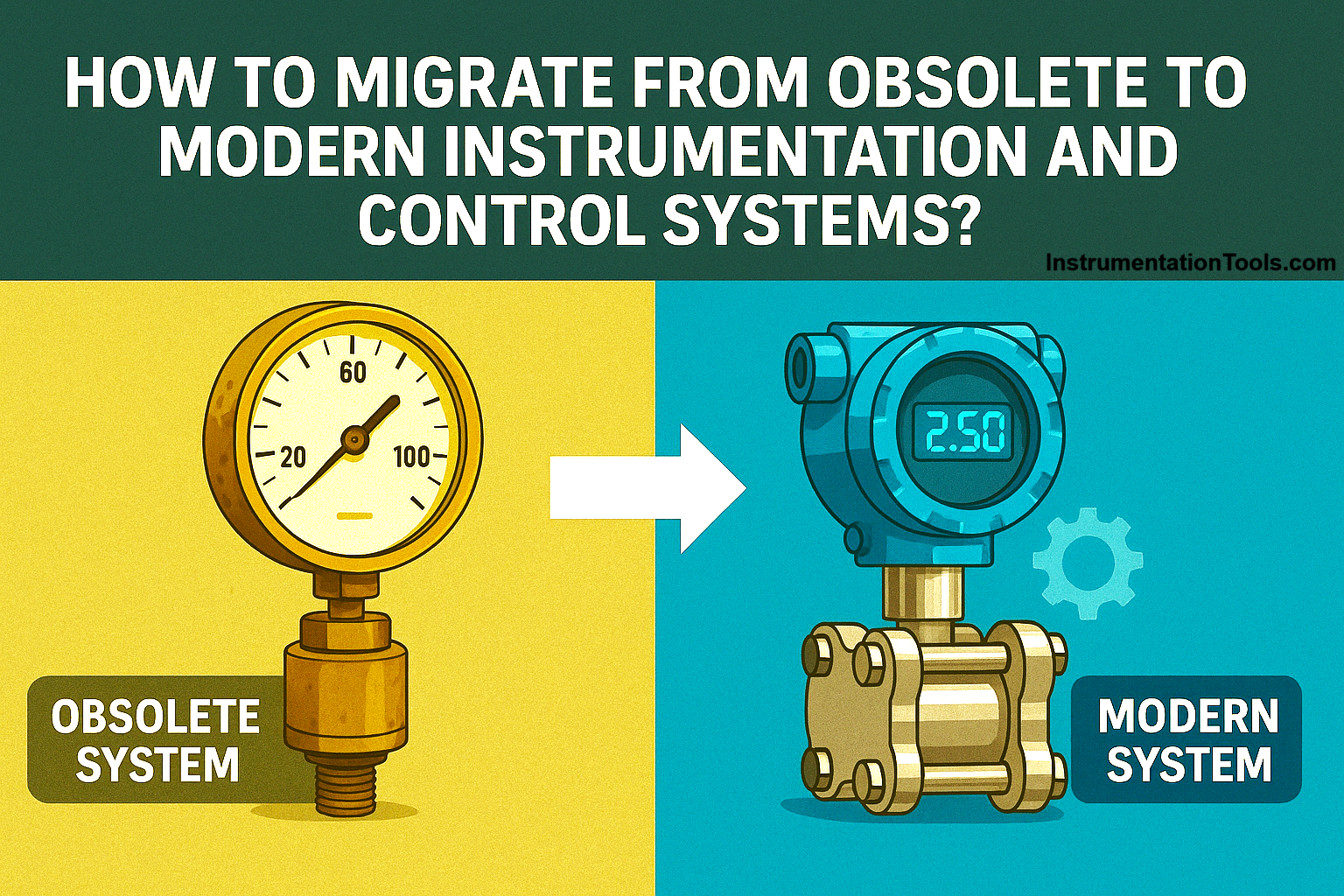
As the obsolete system is years away with the new technology, you need to check on the new technologies and standards work – like communication protocols, safety standards, pricing, connectivity options, cybersecurity compliance, networking and IT changes, PLC IO’s, new signal exchanging methods and regulatory compliances. A good homework on this topic will ensure that when you shift to a new system, you will not face many hazards in implementing them.
Ensuring a phase-by-phase shutdown
It would be very foolish if you replace your whole old system in one go. The best practice is to migrate the changes in phases. For example, if you have 6 old pumps and are running a very critical application, then the best way will be to change just 3 pumps and keep the other old 3 pumps as it is. Check the performance of the new pumps and make changes wherever required to match it with your old system. Once you are confident that this new system is now ready to run, replace the other 3 older ones with the new ones, and commission the whole system properly. This ensures a safe operation, loss of less money, preventing hazards or difficulties, and reducing the overall engineering and commissioning time.
Defining a proper time frame
Every activity requires a time frame, and migration is also not new to it. Make a tentative time frame for getting offers from vendors, finalising them, approving drawings and documents, planning pre-commissioning activities, defining the time for which shutdown could be withstood, defining exact nature work which will require phase by phase removal and bringing of new components, keeping backup activities if time takes during commissioning and hampers plans, planning post-commissioning activities and time required for full handover of documents. Once you get a clear idea of the total time taken, you can then plan your migration activities without stress.
Understanding new working processes of the vendors
This is the last and most important step. Your obsolete system was worked with vendors many years ago and with time, their working styles too change. So, when you are planning to migrate, first understand the now trending working nature of the vendors, their cost models, their support cycles after handover, their business style and how they handover the systems in both technical and commercial terms. Once you get through it, you will get a clear idea on how to deal with the vendors for successful migration of a system.
In this way, we saw how to migrate from obsolete to modern instrumentation and control systems.
Read Next:
- Industrial Automation and Control
- Introduction to PLC Ladder Diagrams
- Automation Engineers Interview Questions
- Real-time PLC Projects Industrial Automation
- Industrial Automation Engineering Documents
